Foot Pain
Symptoms And Treatment For Foot Conditions, Including Plantar Fasciitis
Symptoms And Treatment For Foot Conditions, Including Plantar Fasciitis
Symptoms And Treatment For Foot Conditions, Including Plantar Fasciitis
Heel Pain
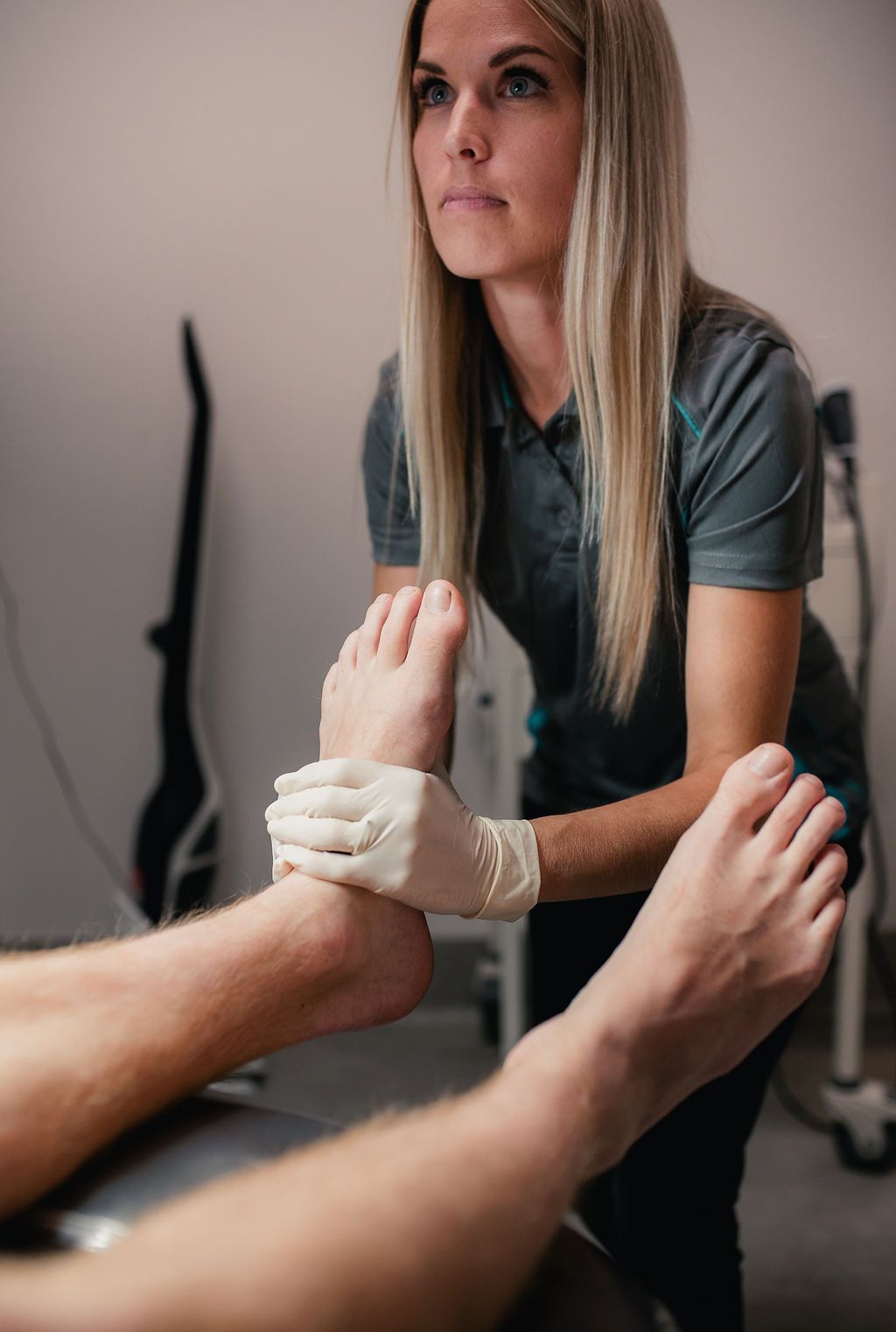
This condition is a soft-tissue injury to the plantar fascia. The plantar fascia is the band of tissue spanning from the ball of the foot to the heel. Biomechanical problems are the most common condition seen by our podiatrists on a weekly basis.
Symptoms include: Intense pain, which can also feel like you’re walking on a stone. Pain occurs at the front of the heel and is also felt up through the arch. It can often feel worse during activity and after long periods of rest.
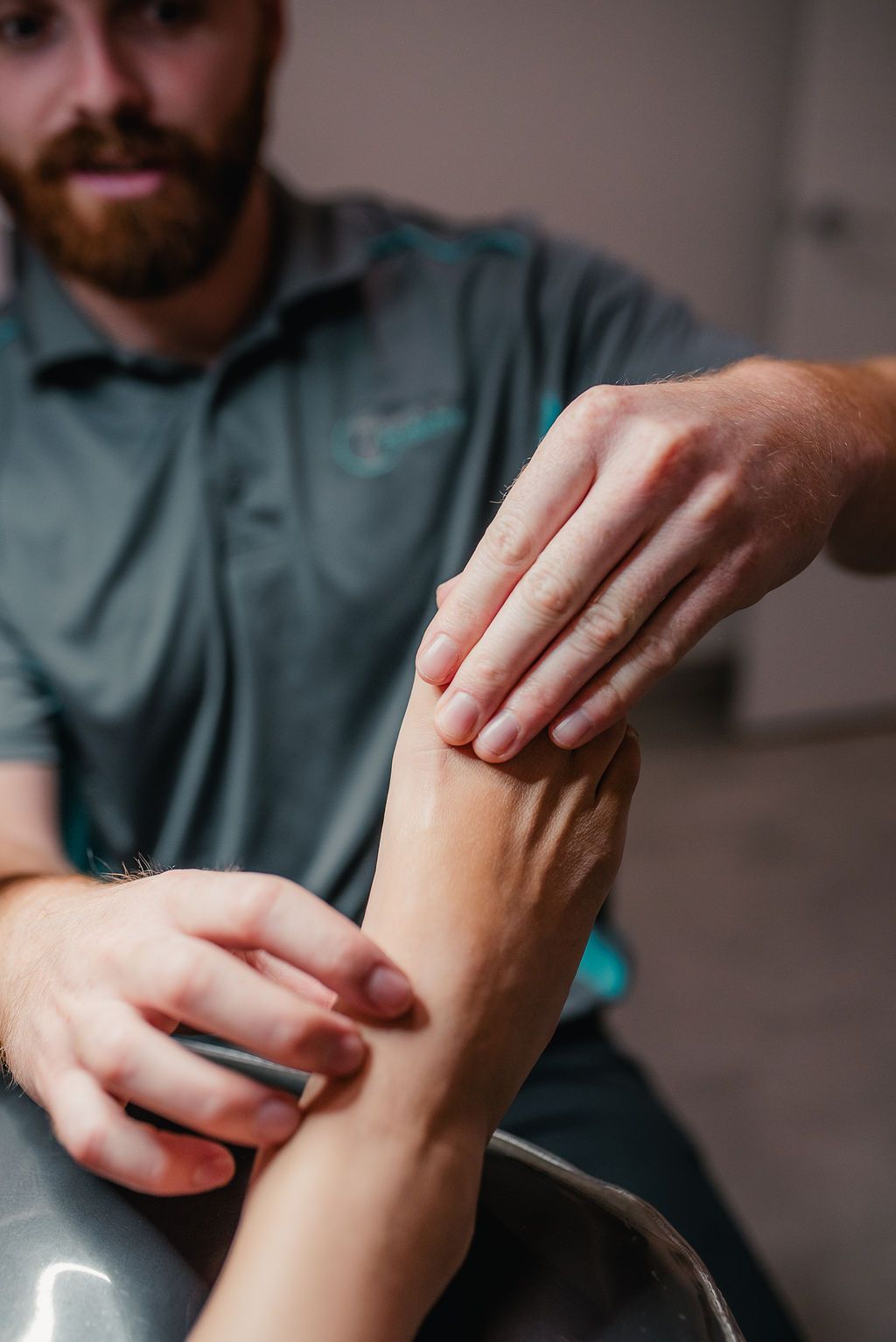
Heel spur is a condition commonly related to plantar fasciitis. This can be caused by overuse or inflammation of either the plantar fasciitis or Achilles tendon, whereby calcium deposits form a bony growth on the heelbone.

This type of deformity is a combination of soft tissue and bone abnormalities where the Achilles tendon inserts into the heel. A bony lump will typically form due to tight or ill-fitting footwear rubbing on the area. If left untreated, the long-term irritation can often lead to bursitis*.
*Bursitis is a term given when the fluid-filled sac—located between the tendon and the bone—becomes inflamed.
Symptoms: Pain and a lumpy protrusion in the heel at the Achilles tendon insertion points.
Treatment: Insoles, footwear advice, stretching and strengthening, and offloading cushioning in shoes.
-
Plantar Fasciitis
This condition is a soft-tissue injury to the plantar fascia. The plantar fascia is the band of tissue spanning from the ball of the foot to the heel. Biomechanical problems are the most common condition seen by our podiatrists on a weekly basis.
Symptoms include: Intense pain, which can also feel like you’re walking on a stone. Pain occurs at the front of the heel and is also felt up through the arch. It can often feel worse during activity and after long periods of rest.
-
Heel Spur
Heel spur is a condition commonly related to plantar fasciitis. This can be caused by overuse or inflammation of either the plantar fasciitis or Achilles tendon, whereby calcium deposits form a bony growth on the heelbone.
-
Haglund’s Deformity
This type of deformity is a combination of soft tissue and bone abnormalities where the Achilles tendon inserts into the heel. A bony lump will typically form due to tight or ill-fitting footwear rubbing on the area. If left untreated, the long-term irritation can often lead to bursitis*.
*Bursitis is a term given when the fluid-filled sac—located between the tendon and the bone—becomes inflamed.
Symptoms: Pain and a lumpy protrusion in the heel at the Achilles tendon insertion points.
Treatment: Insoles, footwear advice, stretching and strengthening, and offloading cushioning in shoes.
Arch Pain

Over pronation or excessive supination (the outward rolling motion of the foot) can lead to increased risk of injury as well as pain in the feet, knees, ankles, hips and back.
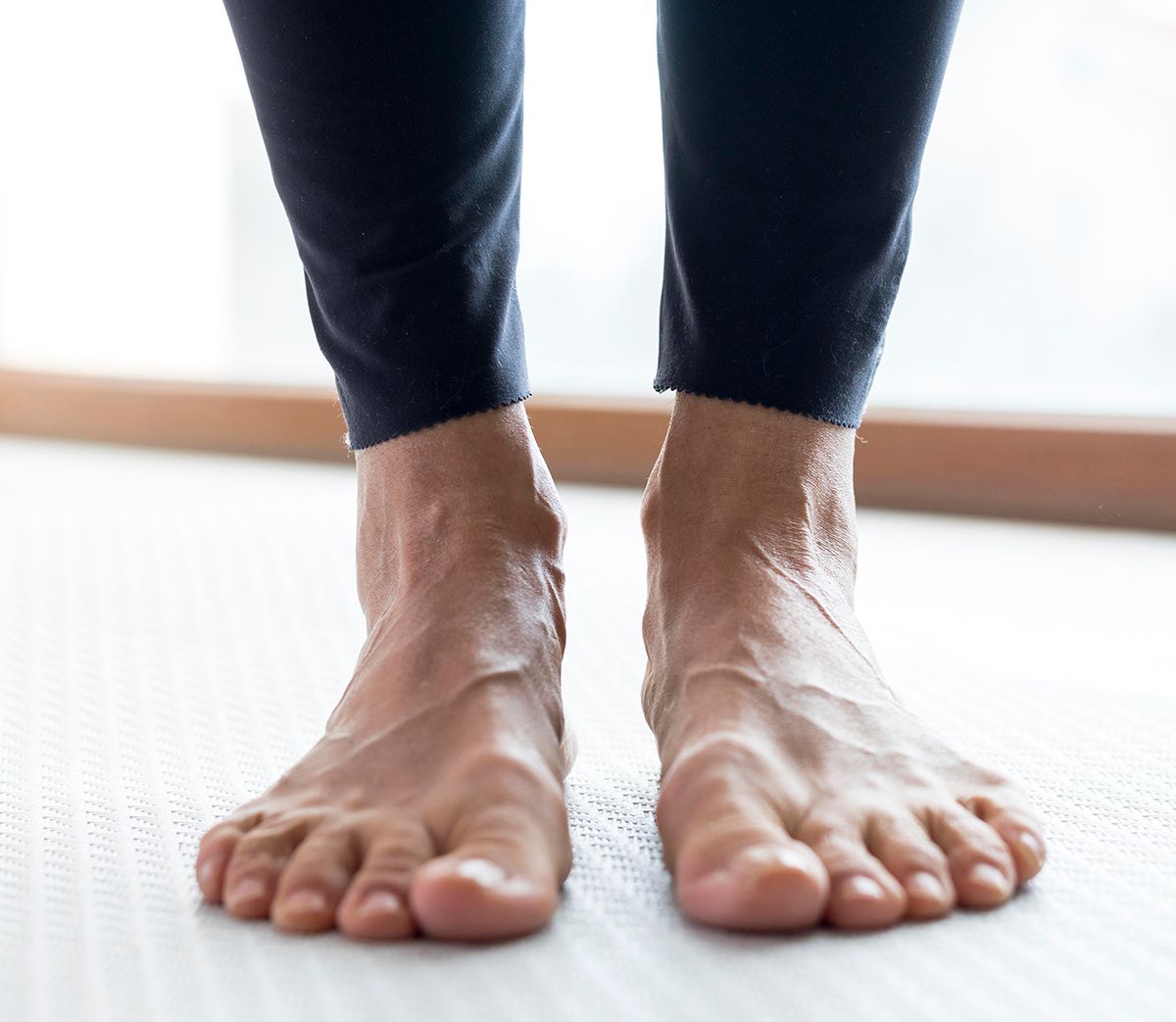
Also known as over pronation of the foot, flat feet is where the mid portion or arch of the foot becomes lower than the ground.
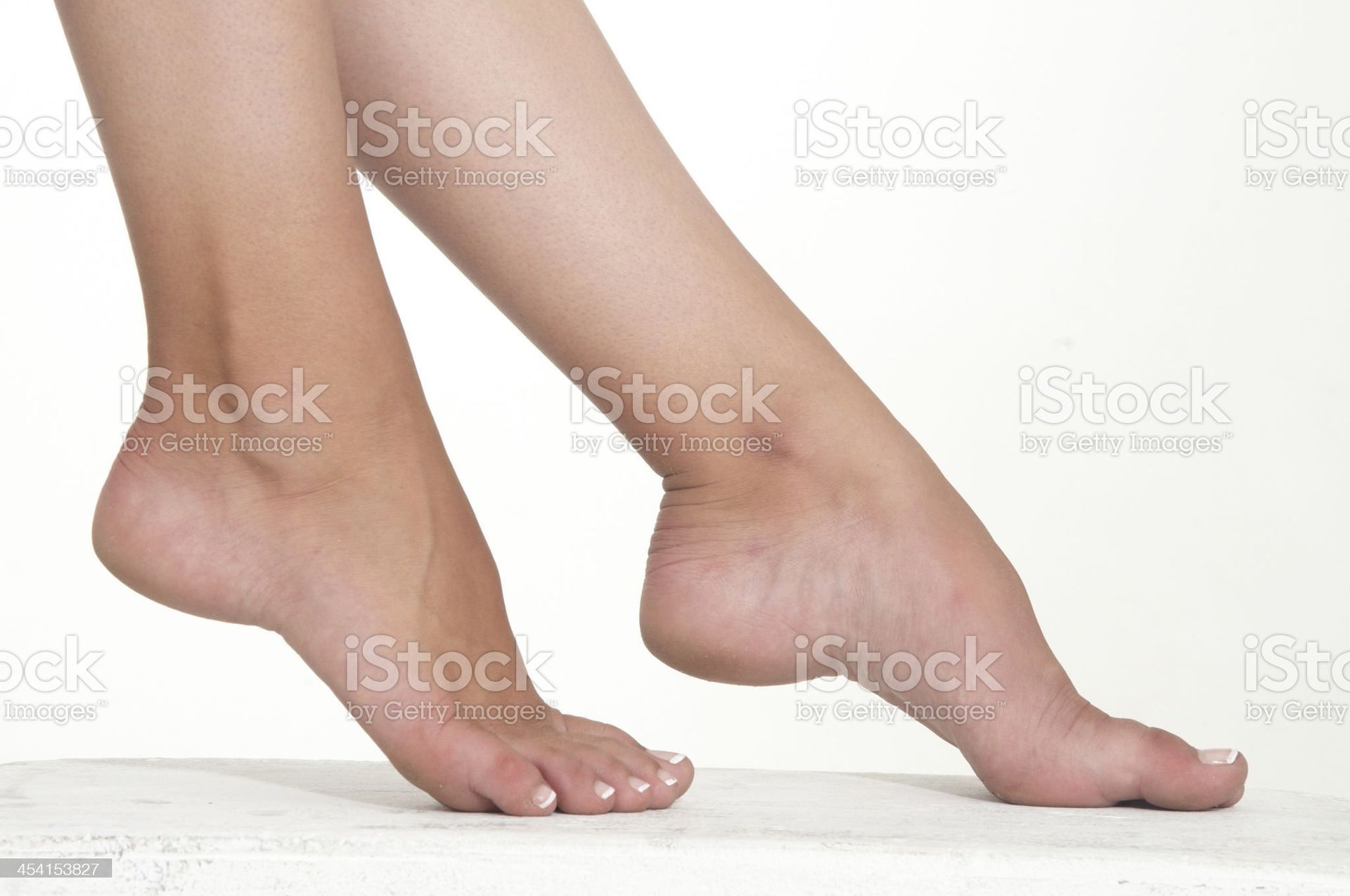
This is where the mid portion of the arch sits in a very high position, which can lead to an increase in injury. It can also cause pain in the feet, knee, ankle, and back. Treatment: We can conduct a biomechanical assessment to produce an effective treatment plan, which may include footwear advice, insoles, stretching, and strengthening.
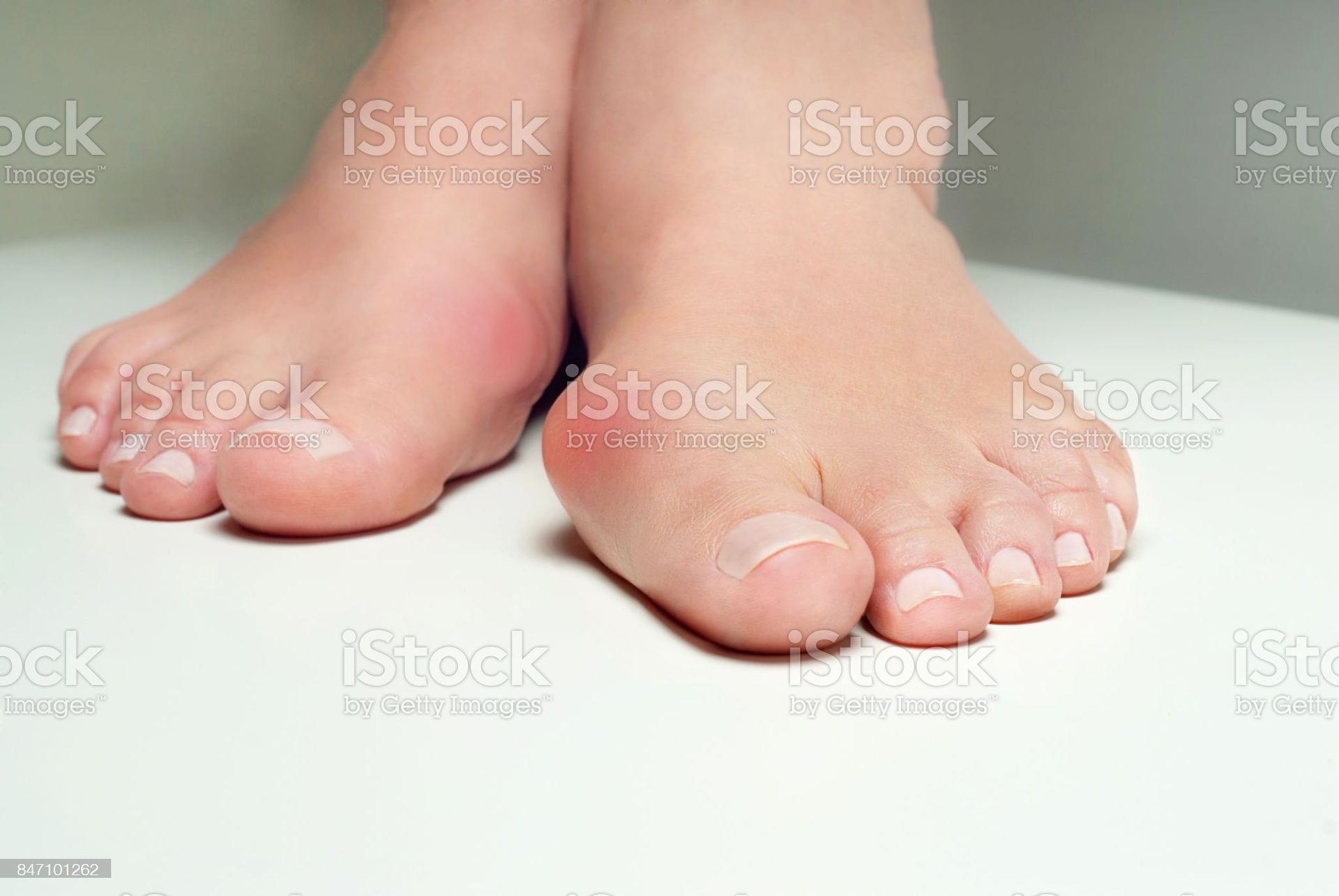
A bunion is a change in position of the first metatarsal—a group of 5 long bones in the foot, causing the big toe to move toward the other toes while the base of the big toe to move in the other direction. This results in a bony growth (lump).
Pain may or may not be experienced as a result of a bunion. They may also cause redness or swelling.
There are many beliefs as to what causes a bunion, although genetics and poor footwear choices are the most common reasons for one to form.
At Killarney Vale Podiatry, we’ll provide an in-depth assessment of your overall foot and lower limb position, as well as a footwear assessment. Our podiatrist will then devise a plan to help reduce pain associated with bunion formation. A treatment plan may include footwear advice, orthotics, stretching and strengthening.
-
Foot Position
Over pronation or excessive supination (the outward rolling motion of the foot) can lead to increased risk of injury as well as pain in the feet, knees, ankles, hips and back.
-
Flat Feet (Pronated Foot Type)
Also known as over pronation of the foot, flat feet is where the mid portion or arch of the foot becomes lower than the ground.
-
High Arch (Supinated Foot Type)
This is where the mid portion of the arch sits in a very high position, which can lead to an increase in injury. It can also cause pain in the feet, knee, ankle and back. Treatment: We can conduct a biomechanical assessment to produce an effective treatment plan, which may include footwear advice, insoles, stretching and strengthening.
-
Bunions
A bunion is the change in position of the first metatarsal—a group of 5 long bones in the foot, causing the big toe to move toward the other toes while the base of the big toe to move in the other direction. This results in a bony growth (lump).
Pain may or may not be experienced as a result of a bunion. They may also cause redness or swelling.
There are many beliefs as to what causes a bunion, although genetics and poor footwear choices are the most common reasons for one to form.
At Killarney Vale Podiatry, we’ll provide an in-depth assessment of your overall foot and lower limb position, as well as a footwear assessment. Our podiatrist will then devise a plan to help reduce pain associated with bunion formation. A treatment plan may include footwear advice, orthotics, stretching and strengthening.
Common Knee Pathologies
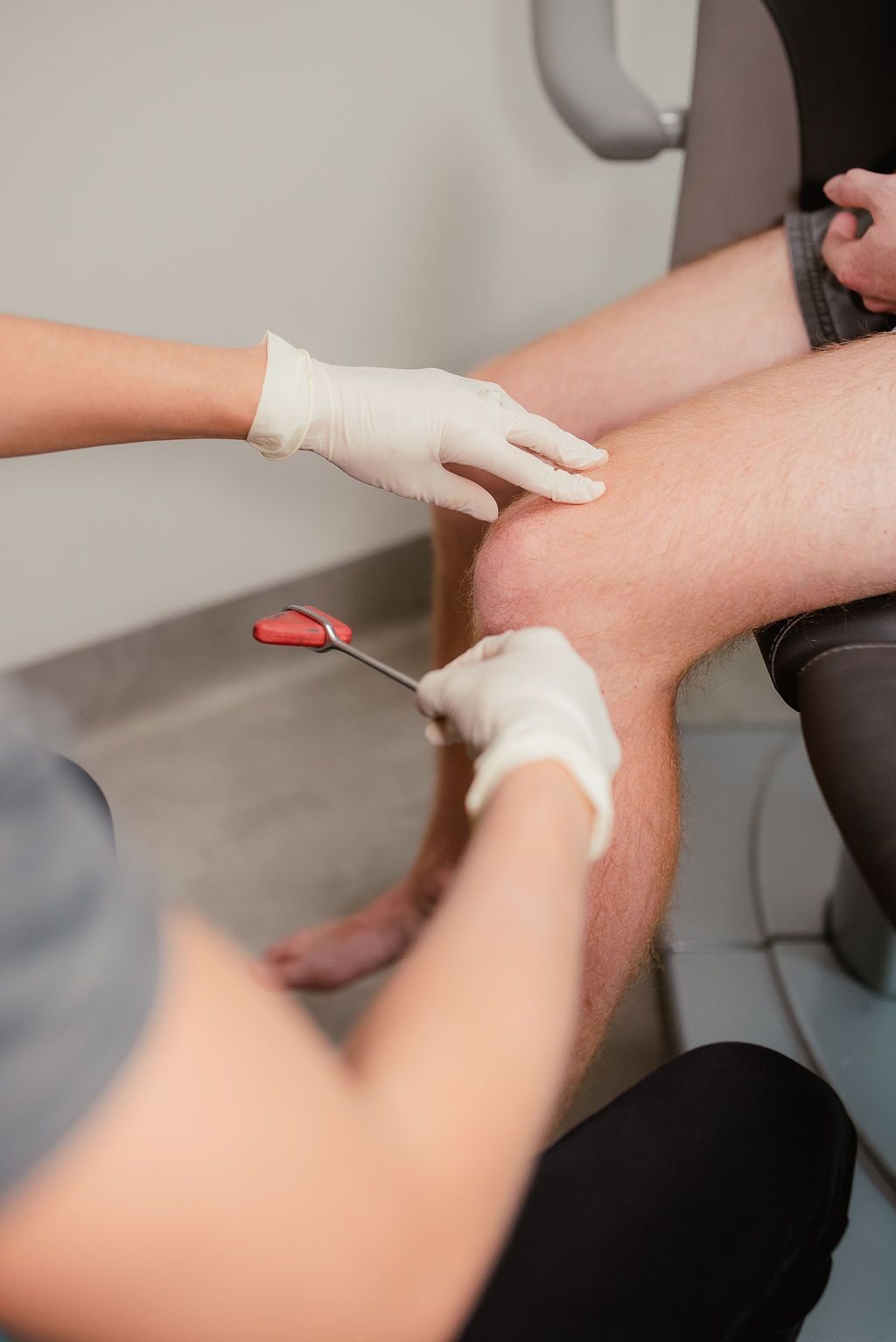
As we age, it is common to develop wear and tear arthritis within some joints with your medical and family history possibly contributing to the severity of the condition. Previous injury and repetitive strain on joints due to work or physical activity and body weight can also be a contributing factor.
Treatment: Although arthritis cannot be cured, it can be managed so quality of life is improved. Our podiatrists use clinical research to provide orthotic prescriptions when assisting with knee arthritis. We also give footwear advice to help improve your comfort in everyday life.
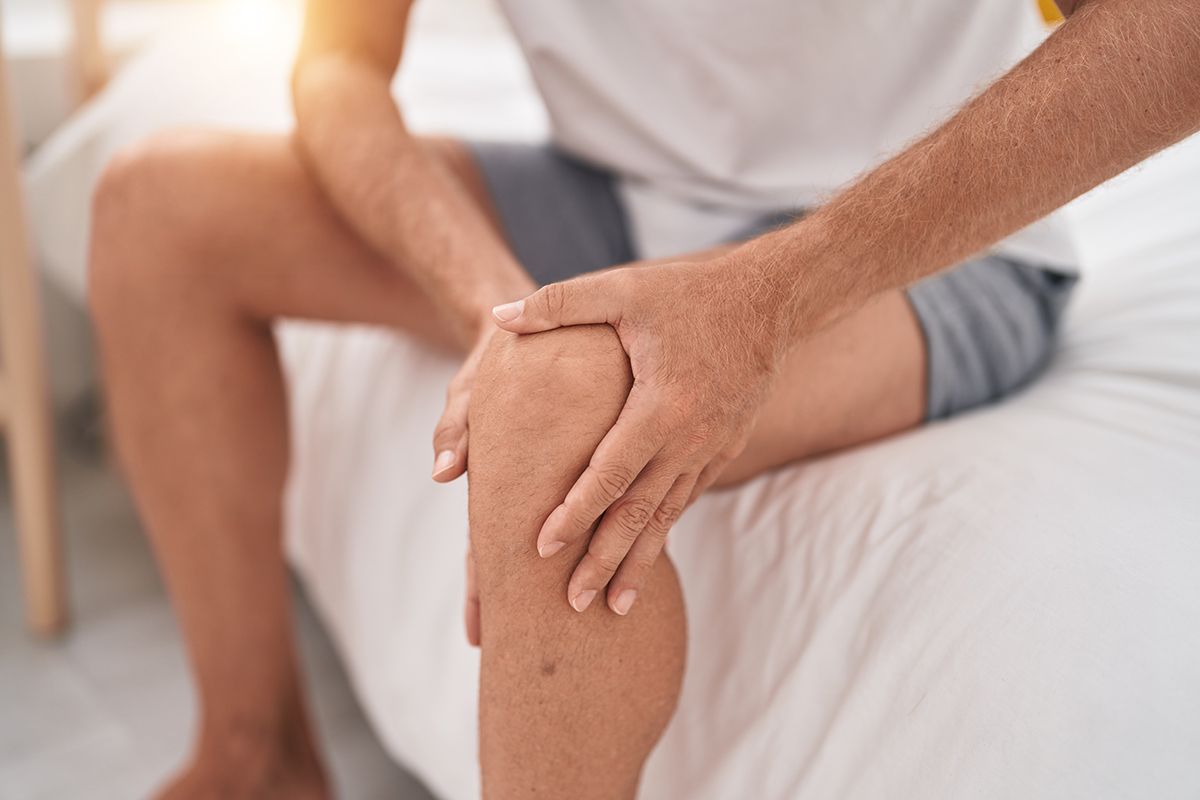
Patella Femoral Syndrome (PFS) is characterised by pain at the front of the knee. The pain is often at its worst when sitting for lengthy periods of time, running, jumping, or using stairs. PFS is related to poor tracking of the kneecap when walking and the inflammatory process underlying the kneecap when it is tracking incorrectly. This condition is caused by a combination of factors including obesity, overuse, injury, and poor knee alignment due to poor foot posture.
Treatment: We can recommend possible activity modifications, footwear advice, stretching, strengthening, taping, and orthotic therapy to help with runner’s knee.
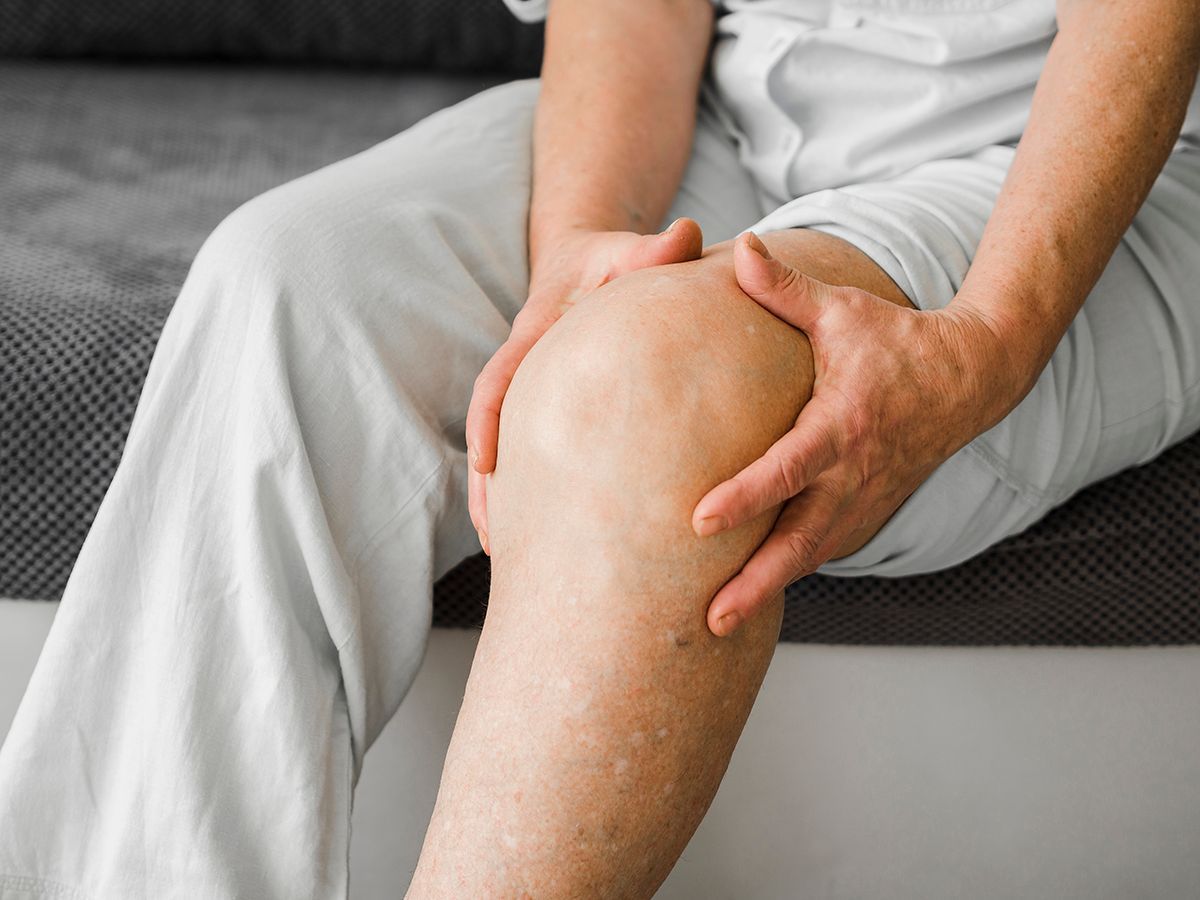
There are many causes of acute (short-term) or chronic (long-term) knee pain. A number of factors may come into play including a tendon or ligament tear, bursitis, tendinitis, infection, nerve damage, meniscal injury, arthritis, and system disease.
-
Knee Arthritis (Osteoarthritis)
As we age, it is common to develop wear and tear arthritis within some joints with your medical and family history possibly contributing to the severity of the condition. Previous injury and repetitive strain on joints due to work or physical activity and body weight can also be a contributing factor.
Treatment: Although arthritis cannot be cured, it can be managed so quality of life is improved. Our podiatrists use clinical research to provide orthotic prescriptions when assisting with knee arthritis. We also give footwear advice to help improve your comfort in everyday life.
-
Patella Femoral Syndrome (Runner’s Knee)
Patella Femoral Syndrome (PFS) is characterised by pain at the front of the knee. The pain is often at its worst when sitting for lengthy periods of time, running, jumping, or using stairs. PFS is related to poor tracking of the kneecap when walking and the inflammatory process underlying the kneecap when it is tracking incorrectly. This condition is caused by a combination of factors including obesity, overuse, injury, and poor knee alignment due to poor foot posture.
Treatment: We can recommend possible activity modifications, footwear advice, stretching, strengthening, taping, and orthotic therapy to help with runner’s knee.
-
Knee Pain
There are many causes of acute (short term) or chronic (long term) knee pain. A number of factors may come into play including a tendon or ligament tear, bursitis, tendinitis, infection, nerve damage, meniscal injury, arthritis and system disease.
Children's Feet

While the bones in the feet are forming, your child will have flat feet—a completely normal stage of development. By the age of 8, your child should have developed an arch. However, it is not uncommon for some children to never develop an arch. In many cases, there will be a family history of flat feet.
Symptoms: There may be no symptoms present. Some children may experience pain or discomfort.
Treatment: If pain is present, we may recommend orthotics, stretching, and strengthening exercises.
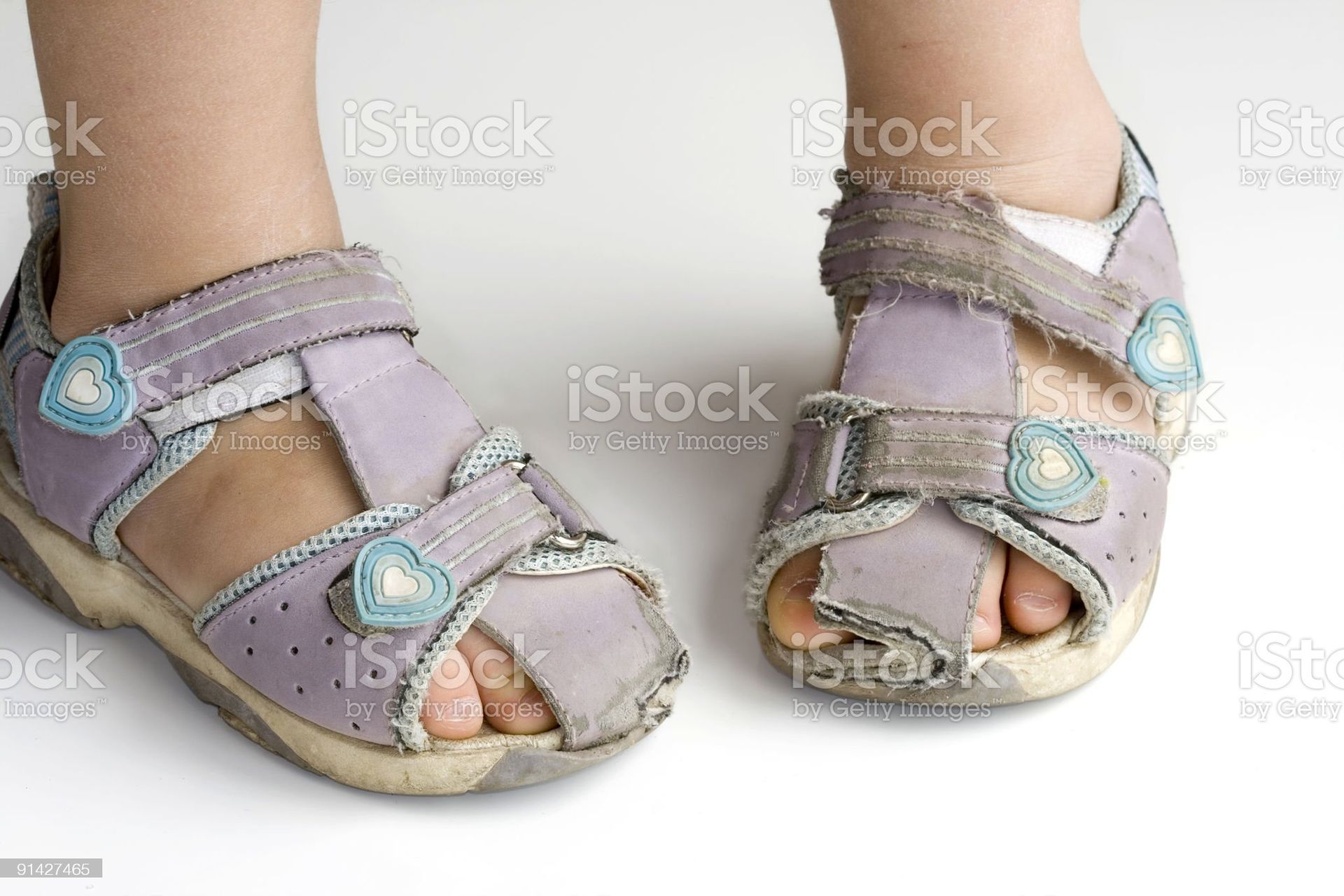
Also known as pigeon toe, intoeing is a condition where the foot faces inwards, instead of straight, while walking. This condition can be caused by a number of reasons and in many cases, will correct itself over time. Intoeing may come from the metatarsals (metatarsus adductus) tibia (tibial torsion) or from the febur (femoral anteversion).
It is common for children with this condition to create excessive wear on the inner plantar surface of their shoes. Children may also trip over their own feet.
Treatment: In many cases, treatment is not necessary, however, there may be the need for stretching and strengthening exercises or orthotics.
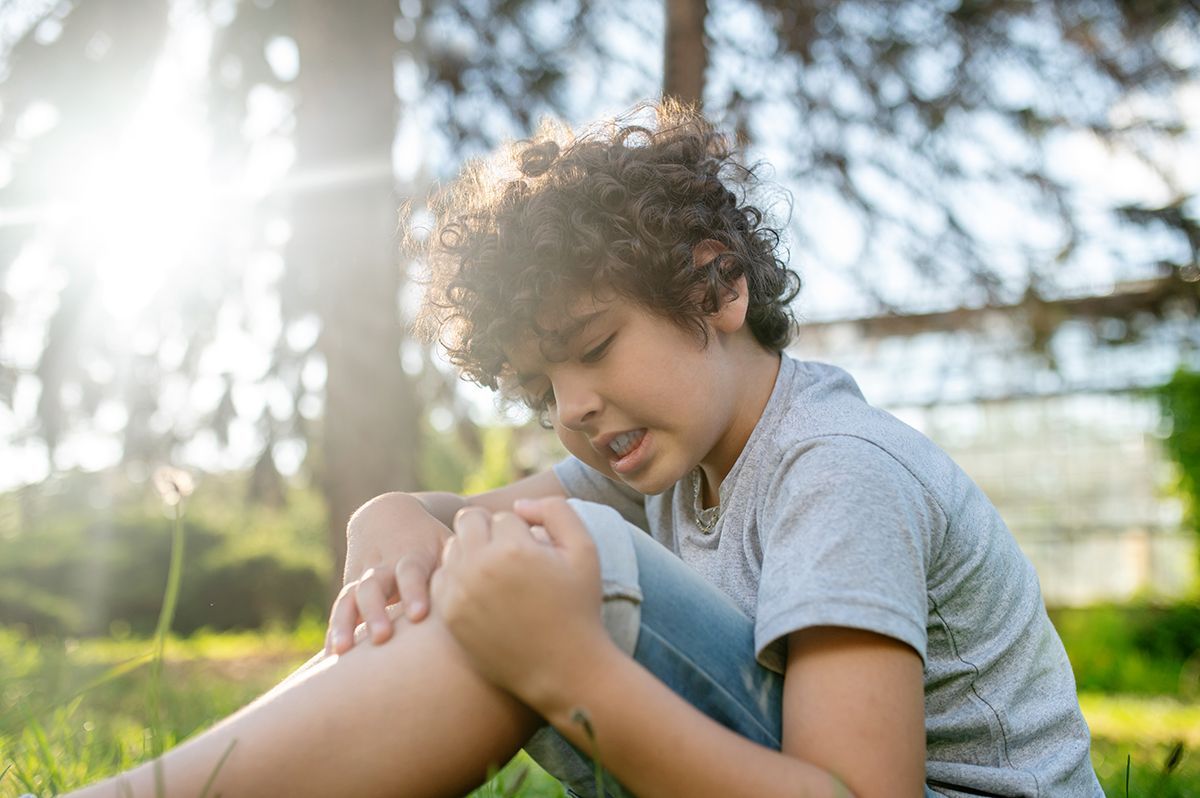
This is a painful condition common in children between the ages of 9 and 16 years old. The pain will be located around the lower portion of the knee cap, may be tender to touch and there may be swelling. It may be acute or chronic and is related to high-intensity activity, growth spurts, and age.
-
Flat Feet
While the bones in the feet are forming, your child will have flat feet—a completely normal stage of development. By the age of 8, your child should have developed an arch. However, it is not uncommon for some children to never develop an arch. In many cases, there will be a family history of flat feet.
Symptoms: There may be no symptoms present. Some children may experience pain or discomfort.
Treatment: If pain is present, we may recommend orthotics, stretching and strengthening exercises.
-
Intoeing
Also known as pigeon toe, intoeing is a condition where the foot faces inwards, instead of straight, while walking. This condition can be caused by a number of reasons and in many cases, will correct itself over time. Intoeing may come from the metatarsals (metatarsus adductus) tibia (tibial torsion) or from the febur (femoral anteversion).
It is common for children with this condition to create excessive wear on the inner plantar surface of their shoes. Children may also trip over their own feet.
Treatment: In many cases, treatment is not necessary, however, there may be the need for stretching and strengthening exercises or orthotics.
-
Osgood-schlatters Disease
This is a painful condition common in children between the ages of 9 and 16 years old. The pain will be located around the lower portion of the knee cap, may be tender to touch and there may be swelling. It may be acute or chronic and is related to high-intensity activity, growth spurts, and age.
Have foot pain but don't know where to start?
Killarney Vale Podiatry can help you find a solution to your foot pain

